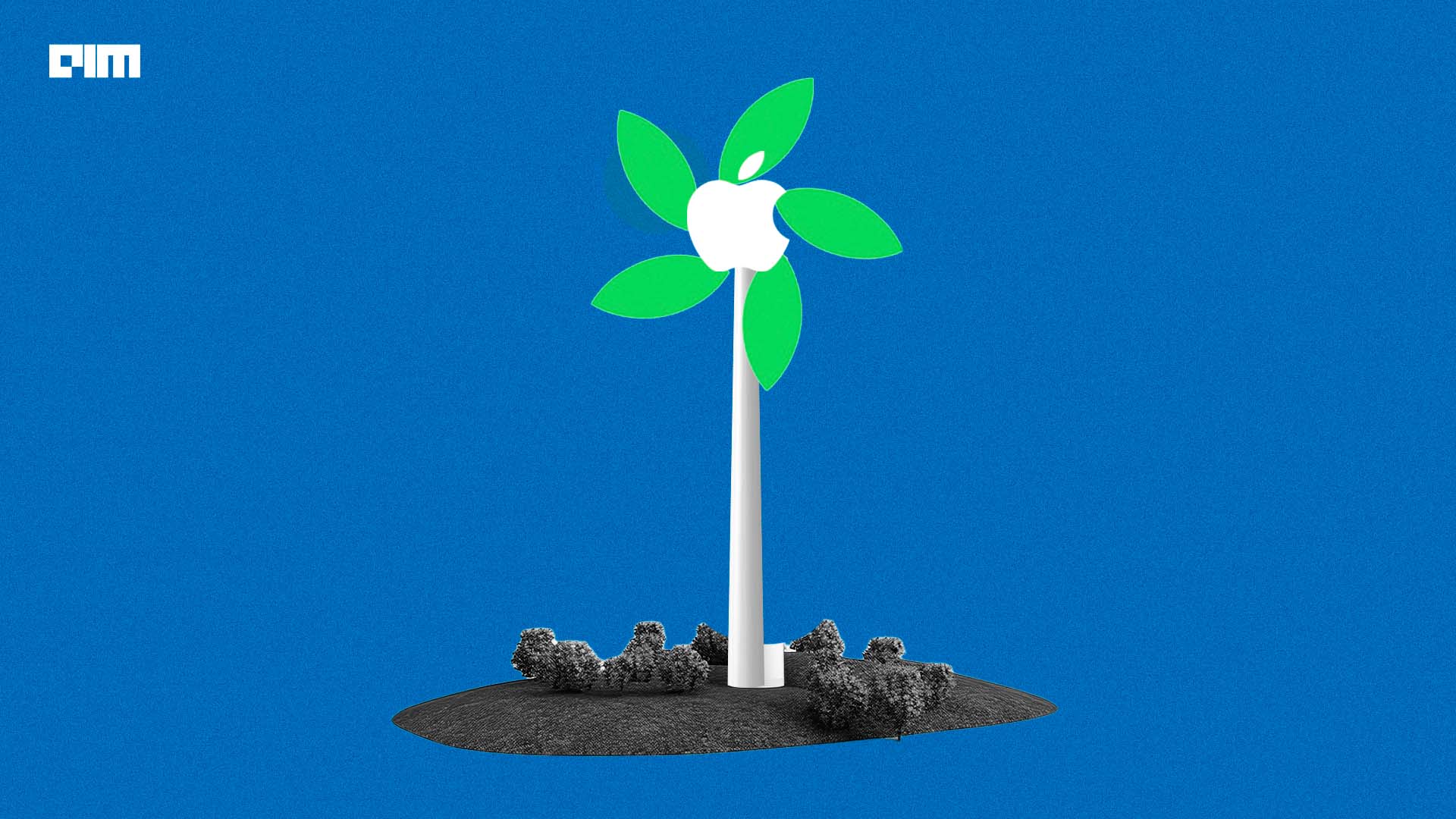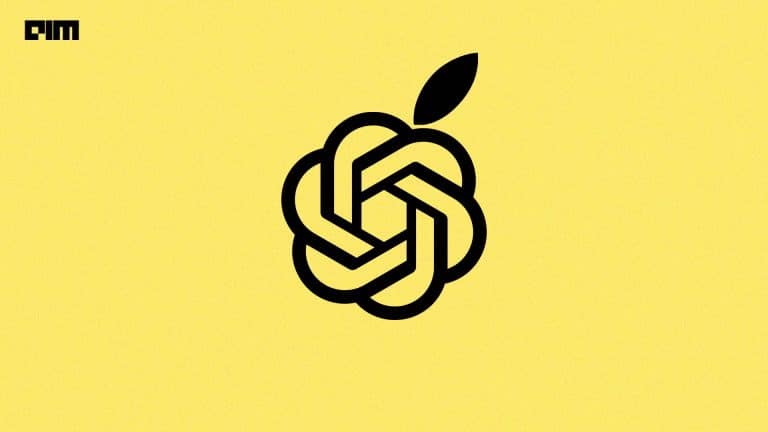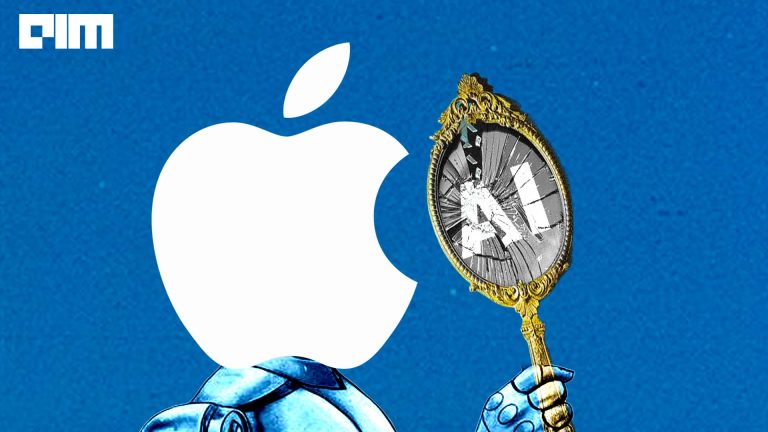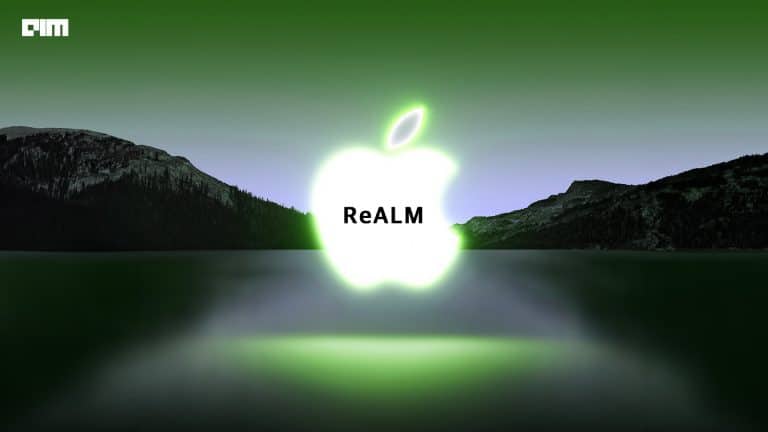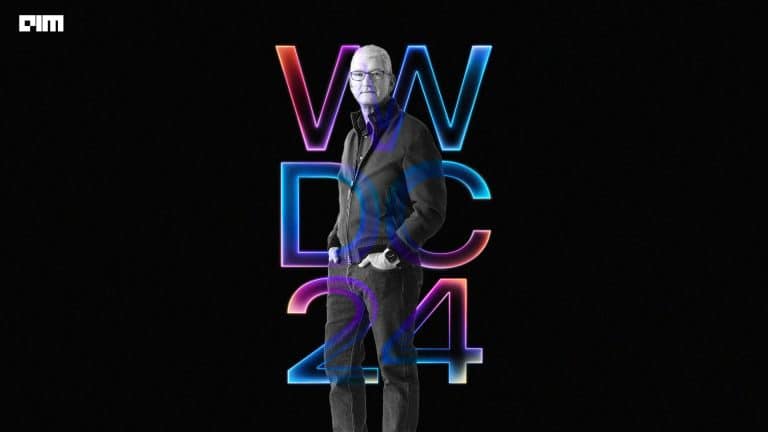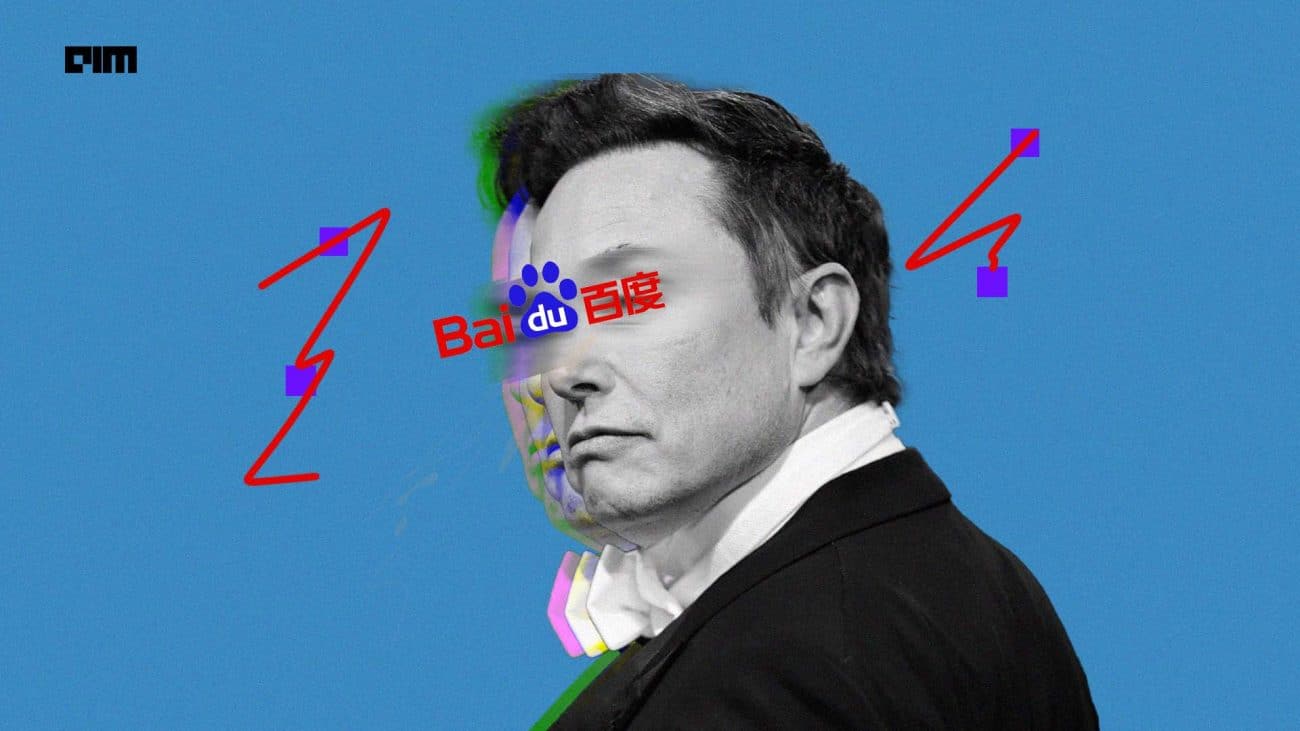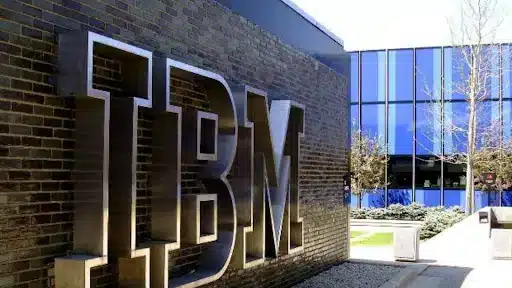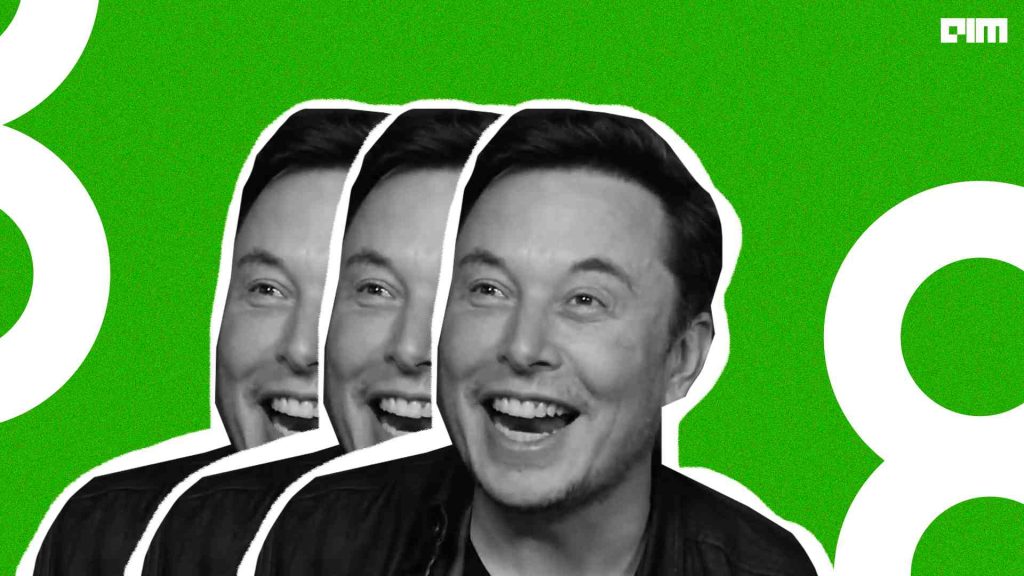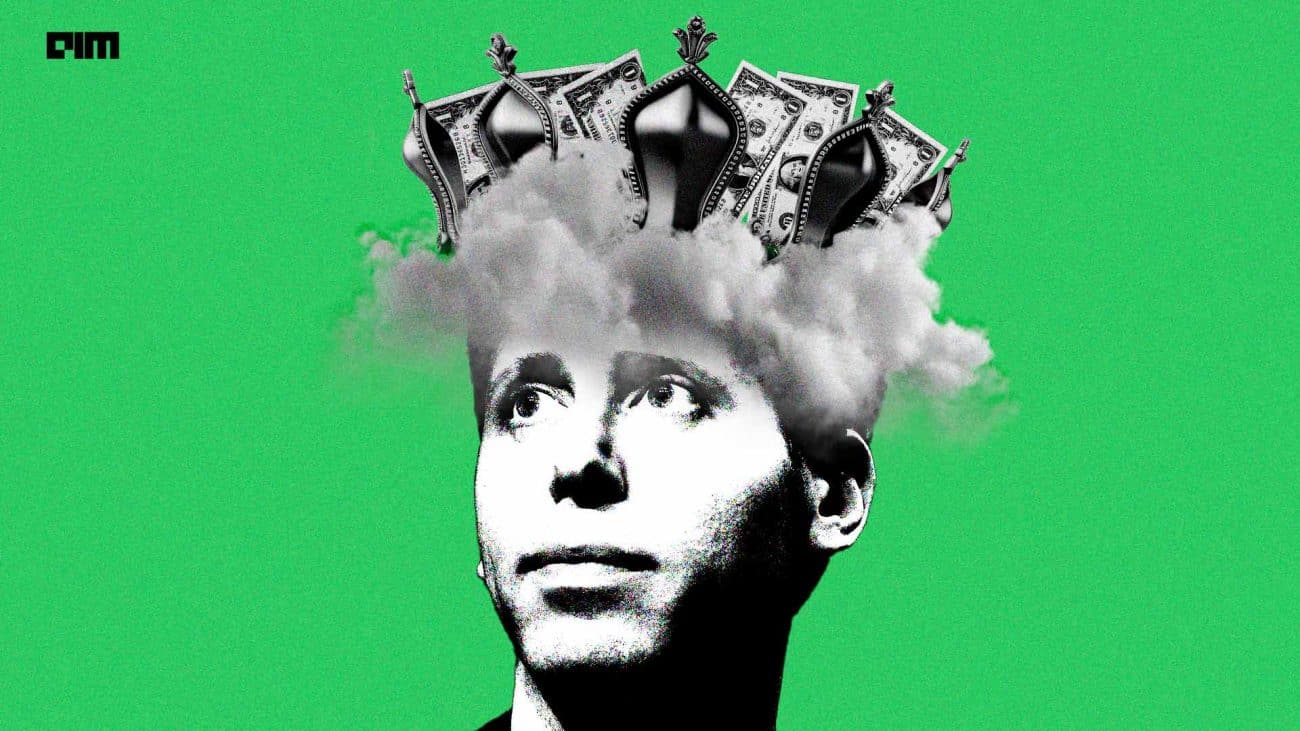|
Listen to this story
|
At Apple’s Wonderlust event, besides unveiling a suite of highly-anticipated products like the iPhone 15, iPhone 15 Plus, new Apple Watch Ultra 2, and Series 9, among others, the company also introduced a new member — Mother Nature.
Well, standing by their commitment to reduce their entire carbon footprint to zero by 2030, Apple’s watch series 9 is the first completely carbon-neutral product by the company. Alongside, all the items were linked by one common goal — making the environment greener and reducing carbon footprint.
‘Mother Nature’ Makes Apple Leather-Free
In a rather cringe skit featuring actor-comedian Octavia Spencer and also marking the acting debut of chief Tim Cook, the company shared its efforts to minimise its impact on the environment by addressing climate change through renewable energy and energy efficiency, using greener materials, and inventing new ways to conserve precious resources. Their goal is to achieve a net-zero climate impact on their devices by 2030.
The new iPhone cases and Apple Watch bands are not going to be made of leather anymore as it has several challenges due cattle farming, which can have high environmental costs. This might also be Apple’s aim to challenge the status quo in the luxury market by introducing alternative materials, like FineWoven, and following the lead of other luxury car brands that have embraced non-leather fabrics and sustainability.
The Apple Watch Series Nine, for instance, incorporates 100% recycled aluminium, gold, tin, copper, tungsten, and even recycled cobalt in the battery. They’ve also revamped the sport loop watchband to contain 82% recycled yarn.
Apple’s influence in the market is significant, and its decision to abandon leather is likely to prompt other brands to follow suit. While leather may not disappear overnight, Apple’s move is expected to reduce overall demand for leather, potentially reshaping the premium image of the material it is often associated with, in the long term.
The team, is also eliminating plastic from their packaging and using clean electricity for their operations and has many suppliers committed to using renewable energy. They are also reducing transportation emissions by shipping more products via ocean and investing in global projects to protect the environment, like tree planting in Paraguay and Brazil. These efforts have resulted in a remarkable 78% decrease in the carbon footprint of the Apple Watch Series Nine.
USB C Port: Boon or Bane?
It is true that Apple is making impactful strides towards a greener environment. However, there is a slight hiccup.
The company also announced that they are transitioning to USB-C ports, which has garnered mixed reactions. Even though some perceive it as a positive and more economical step, it’s causing a significant e-waste problem due to people’s lack of awareness about proper charger disposal. A recent survey in the US revealed that 75% of respondents don’t dispose their chargers correctly, and 55% discard them as general waste, worsening electronic waste issues. This problem is magnified when you consider that 54,000 metric tons of chargers are discarded globally each year.
These statistics emphasise the urgent need for increased awareness and responsible disposal practices. While new regulations mandate USB-C ports on mobile phones, the immediate concern is whether people know how to dispose of old charging cables properly. E-waste is a rapidly growing global concern, projected to increase by 21% between 2019 and 2030.
What Others Are Doing
Similar to Apple, both Google and Microsoft share the goal of becoming carbon-neutral by 2030. Microsoft has already made progress, reducing its own emissions by 22% and those of its suppliers and customers by 0.5%. They also plan to rely entirely on renewable energy sources by 2025 and have introduced initiatives like the Microsoft Cloud for Sustainability to reduce emissions, improve water access, and reduce waste. Microsoft is actively addressing the environmental impact of generative AI models and data centres by implementing “green software” principles.
Google is also committed to sustainability, aiming for full reliance on carbon-free energy and a net-zero emissions footprint by 2030. They match their electricity usage with renewable energy, expand clean energy efforts to third-party data centres, and use AI for sustainability, such as flood prediction with Flood Hub. Google’s core products like Maps promote eco-friendly routing to reduce carbon emissions. They also focus on sustainable campuses and watershed projects to conserve water and operate their business more sustainably.
Yet, it’s important to highlight that. But as of now, Apple stands alone among major tech giants in achieving the milestone of a completely carbon-neutral product.
Read more: Apple Hates AI So Much That It…


